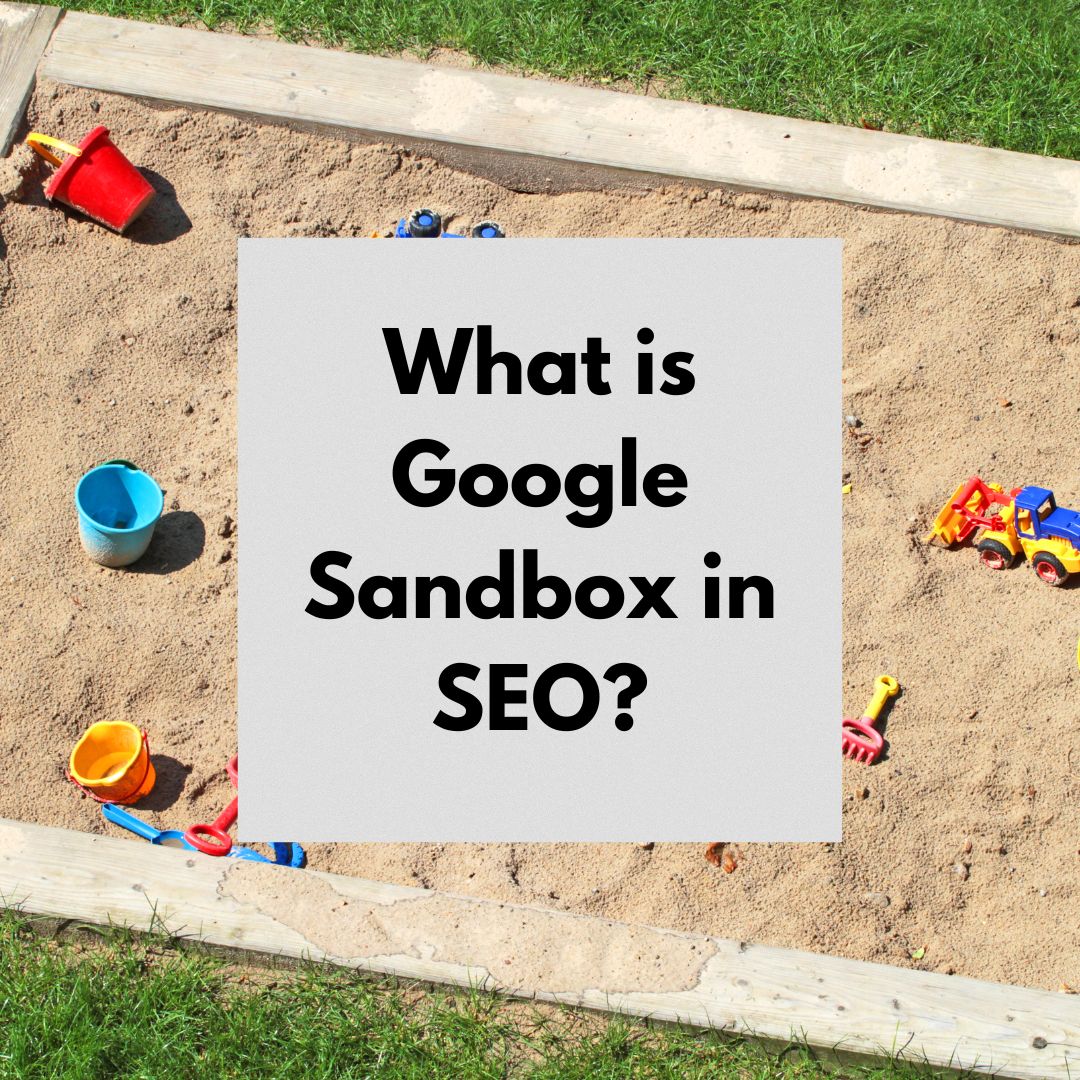What is the Google Sandbox? The term "Google Sandbox" refers to a speculated phase where…

What is Google Sandbox in SEO?
What is Google Sandbox in SEO?
The concept of the Google Sandbox in SEO is a fascinating yet somewhat enigmatic topic within the digital marketing sphere. While its existence has been a subject of debate, understanding the principle behind this concept can be pivotal for new websites striving to establish their presence in Google’s search results.
What is the Google Sandbox?
The Google Sandbox is often described as a filter or probationary period that Google allegedly applies to new websites. This filter is thought to prevent these new sites from ranking high in Google’s search results, regardless of their SEO efforts. The idea is that during this “sandbox” period, which could last from a few months to about two years, a new website might not achieve the expected rankings, even if it follows SEO best practices.
Debating the Existence of the Google Sandbox
It’s crucial to note that Google has never officially confirmed the existence of a sandbox effect. The observed phenomenon could be due to various other factors impacting new websites, such as high competition in keywords, lack of substantial content, insufficient backlinks, or inadequate user signals. Despite the lack of formal acknowledgement from Google, many in the SEO community still believe in the sandbox’s impact based on their observations and experiences.
Navigating the Sandbox: Strategies for New Websites
- Accelerate Content Creation: Focus on producing high-quality, optimized content at a faster pace. Batch publishing several pieces of content at the outset can potentially capture Google’s attention more quickly.
- Build Topical Relevance: Establish your site as a credible source of information on a specific topic. This involves creating focused content with different primary keywords, all relevant to your core subject.
- Internal Linking: Use internal links to strengthen topical relevance and signal to Google the interconnectedness and relevancy of your website’s content.
- Backlink Building: Work on acquiring high-quality backlinks. These are crucial for building your site’s authority and trustworthiness in Google’s eyes.
- Generate Social Signals and Traffic: Utilize social media and other platforms to drive traffic and social signals to your site. This can help indicate to Google that your site is gaining popularity and relevance.
- Long-Tail Keyword Strategy: Target long-tail keywords that are less competitive. This can make it easier for your site to stand out in Google’s search results.
- Focus on Quality Over Quantity: Avoid the temptation to publish large volumes of content rapidly. Prioritize the quality and usefulness of your content to avoid being perceived as spam by Google.
- Speed Up Crawling and Indexing: Ensure your site is indexed quickly by using tools like Google Search Console. Submit your XML sitemap to Google to facilitate efficient crawling of your site.
Conclusion
While the concept of the Google Sandbox remains shrouded in mystery, taking proactive steps to enhance your website’s SEO from the beginning can certainly mitigate any potential negative impact. Concentrating on quality content, building authority, and strategically targeting keywords can accelerate your journey out of this hypothetical sandbox and improve your site’s ranking prospects. Want to learn more about SEO? Contact us today!



